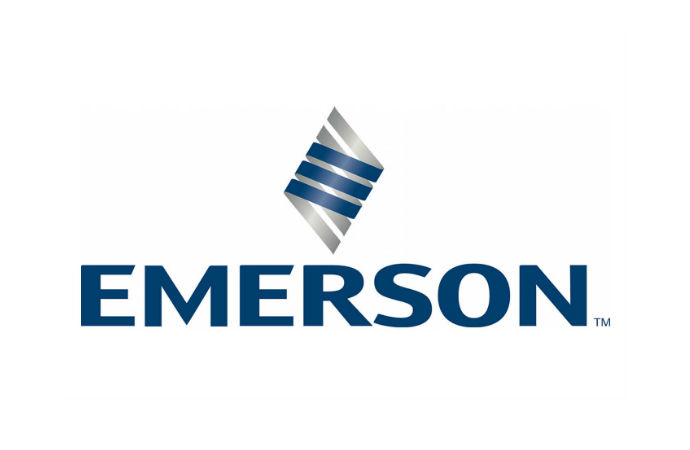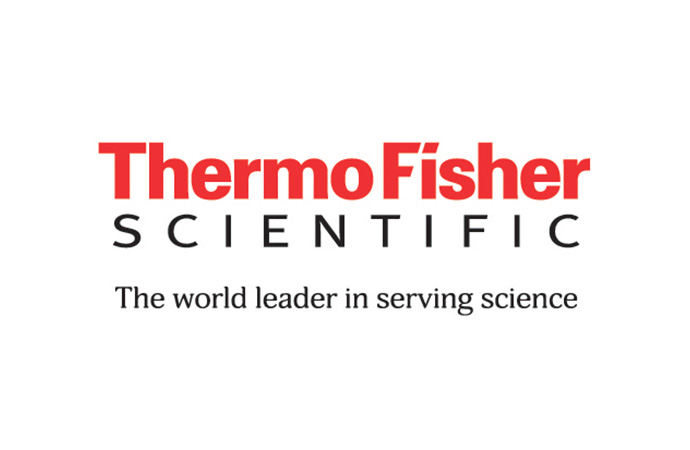End users, OEMs and component manufacturers announce many new natural refrigerant initiatives and progress reports.

On 15 October a wide range of companies involved in the HVAC&R industry convened in the White House for the second industry leader roundtable, a follow-up to the initial roundtable held at the White House in September 2014, addressing ways to reduce emissions of HFCs.
At the meeting, the White House announced new private-sector commitments and executive actions that will reduce the use and emissions of HFCs. In addition, the White House recognised the progress that has been made toward the private-sector commitments and executive actions that were announced in September 2014 to address HFCs.
The White House called the private sector’s commitments and progress evidence that “U.S. companies are at the cutting edge when it comes to developing the next generation of safe and cost-effective alternatives to HFCs and also incorporating these alternatives into American cars, air conditioners, refrigerators, foams, and other products.”
New commitments
Danfoss announced its multi-million dollar investment in a state-of-the-art application development and testing centre in North America that will help to facilitate the transition to low-GWP refrigerants through providing air conditioning and refrigeration manufacturers with additional capacity to test new equipment using low-GWP refrigerants for performance and safety. The centre is anticipated to come online in 2016 and it will accommodate equipment sizes up to 150 tons of refrigeration.
Hillphoenix announced that it will launch in Q4 2015 a CO2 booster system that is intended for stores with a smaller footprint. In addition, it announced that it has completed its second commercial installation of an ammonia/ CO2 cascade system for use in supermarket applications. Furthermore, based on its successful installation of the first two CO2 ice rinks in Anchorage, Alaska, Hillphoenix is planning for the future introduction of this CO2 booster system technology, contingent on EPA approval of CO2 as a refrigerant in ice rink applications.
Roundy’s Supermarkets announced that it has joined EPA’s GreenChill program. Roundy’s also announced that it will use HFC-free transcritical CO2 refrigeration technology in the six new stores that it is opening in in the following locations next year: Orland Park, Westmont, Naperville, two stores in Chicago (all in Illinois), and Shorewood, Wisconsin. Starting in 2016, Roundy’s will use this technology in all new store builds. In addition, it announced that it will also use this technology in all future store remodels that involve the replacement of the entire refrigeration system.
Target announced that all of the new stand-alone coolers in its stores with a compressor capacity below 2,200 BTU/hr will be HFC-free starting in January 2016. This action has Target moving out of HFC refrigerants in these applications long before the SNAP requirement comes into place in 2019. Target also announced its commitment to expand the use of CO2 refrigeration systems in new stores, and it currently has seven systems operating in Target stores and two additional stores under development that will use these refrigeration systems.
In the past year, Target has opened two stores that use a hybrid CO2/R134a refrigeration system that will eliminate more than 150 metric tons of CO2 equivalent each. Target also installed prototype beverage display cases that use R290 and it is conducting performance tests against CO2.
Thermo Fisher Scientific announced that it will transition its entire platform to hydrocarbons by 2020. In particular, 20% of its entire medical and laboratory cold storage portfolio will be HFC-free by the end of 2016, 65% of its refrigeration systems will be HFC-free by the end of 2017, and it will be 80% HFC-free on blowing agents by the end of 2017. At the same time, it will reduce the energy consumption of its entire cold storage portfolio by more than 50% percent by 2020.
Progress from 2014
Carrier made a commitment in September 2014 to pursue HFC-free refrigerants across the cold chain by 2020. In the past year, Carrier provided technical analysis to support SNAP approval of CO2 as a natural refrigerant for transport refrigeration. Also in the past year, it developed prototype natural refrigerant trailer units in the U.S. In addition to the more than 1,600 supermarkets in Europe using Carrier’s HFC-free natural refrigeration technologies for food retail, the company installed its first food retail units in China this year using natural refrigerants to help lower emissions.
Emerson Climate Technologies made a commitment in September 2014 to expand its product offerings that use CO2 as a refrigerant. In the past year, Emerson introduced new compression technologies and also control technologies that drive energy efficiency improvements in CO2 refrigeration systems. In addition, Emerson released a line of higher-efficiency refrigeration scroll compressors. Finally, construction of the Emerson Innovation Center that was highlighted as part of the September 2014 commitment is on schedule and the opening is planned for December 2015.
MORE INFORMATION
Related stories






